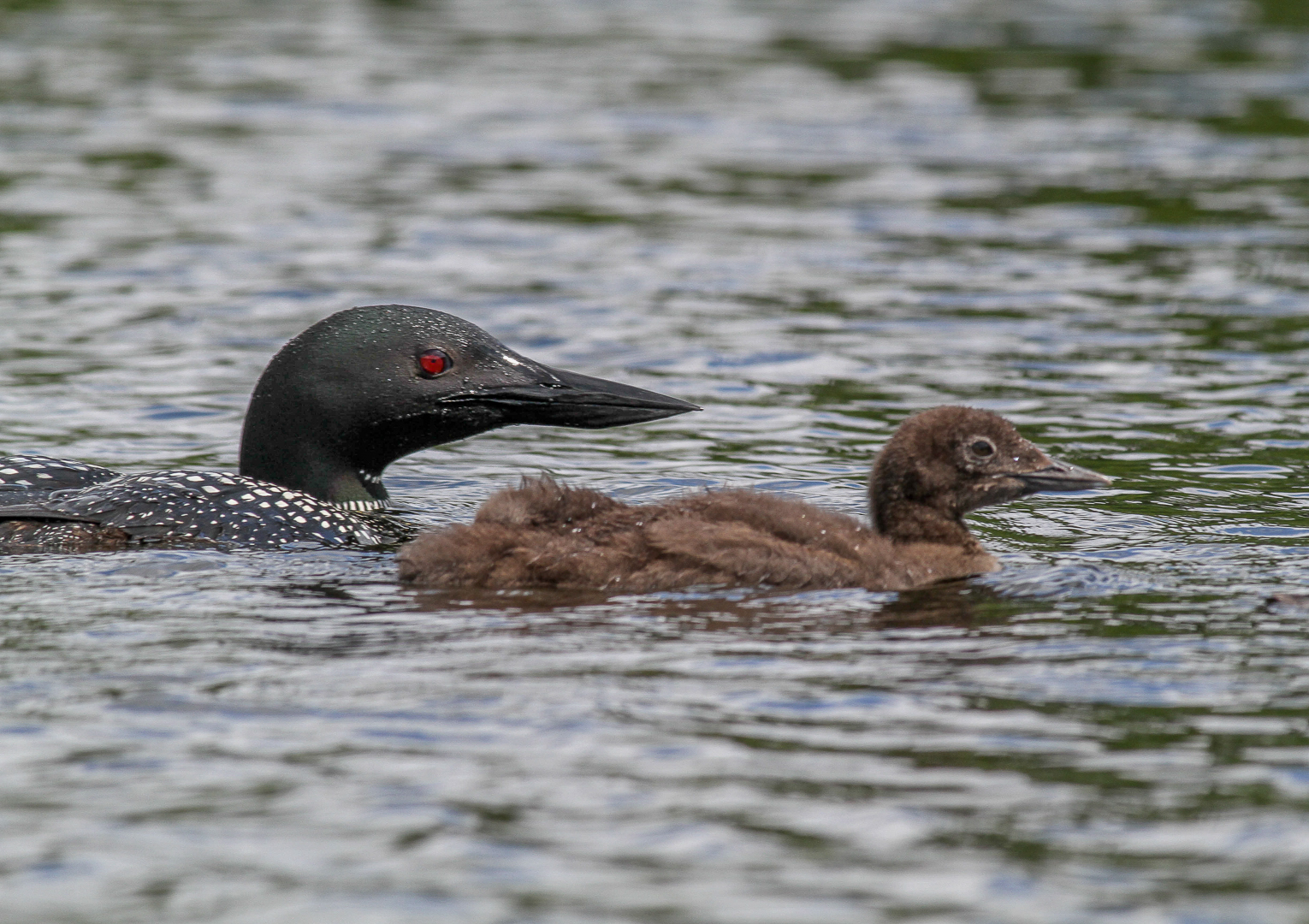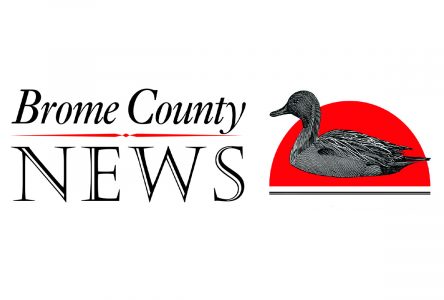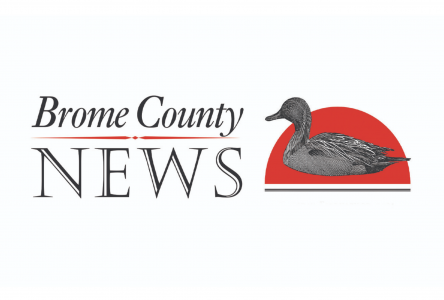While photo opportunities sometimes occur close to a shoreline, you can up your odds of capturing the perfect pic from any type of watercraft. Motor boats, rowboats, canoes (or my personal favorite) kayaks afford you the opportunity to get up close to your subject. Shooting from a kayak is not easy and really does require a certain skill set to obtain quality photos. Personally, I think there’s nothing better than paddling through a creek, lake or river and observing the surrounding wildlife. One of my favorite bodies of water to explore is Lac Long in Bolton East.
We owned a waterfront chalet there years ago, and I had the unique opportunity to explore the entire lake and experience firsthand it’s incredible biodiversity.
At both the north and south ends of the lake are huge bogs which serve as home to various forms of aquatic birds, amphibians and animals as well. I would try and travel light, taking a travel bag with my camera gear, binoculars, bug spray, sunscreen and plenty of bottled water. I would paddle the shoreline and come across different species of waterfowl, painted and snapping turtles, huge bull-frogs, great blue herons and the occasional beaver.
I can tell you that taking pics from either a kayak or canoe can be a challenge. The most difficult part is getting photos that are tack sharp as the waves from the wind gently rock your kayak. If possible, make it easy on yourself and try to go when the lake is calm. As we all know, a calm lake can change in a matter of minutes if a wind develops. If you’re find yourself under conditions where there is minimal wind and the body of water is calm, you’re in business. Next is to locate your subject. I love photographing turtles so I usually scan the area I’m paddling towards with my high- powered binoculars first. They are normally found sunning themselves on logs protruding from the water, or on rocks that rise above the waterline. Here’s where having a 400-600 telephoto lens comes in handy. Painted turtles are super skittish and will dive back into the depths as you enter their “circle of fear”. Now getting the pic isn’t as easy as you think. You have to balance yourself in the kayak, then try to steady the camera as much as possible before clicking the shutter. Here’s where a monopod comes in quite handy. Set the adjustable height of the pole to where your subject is in your viewfinder, then firmly grasp the camera while pushing down slightly to steady the camera mounted on the monopole.
I use this technique to shoot turtles, ducks, egrets and even loons when they are hanging tight to the shoreline. This is next to impossible to do if you find yourself near areas where motorized watercraft are milling about. In Fitch Bay one morning I nearly capsized after a huge pleasure craft left a wake that nearly capsized my kayak. This is why I much prefer quiet lakes (with no motorized boats allowed).
Getting back to my mid-morning sojourn on Lac Long, I was able to photograph painted turtles, blue herons, a white egret, some mallard ducks, loons and an osprey that was flying overhead. In a previous article I wrote about my afternoon following a loon pair with two newborn chicks. Anyone who knows anything about loons will tell you when you get to what they deem “too close”, they dive usually resurfacing several hundred feet away. The advantage of photographing parents with newborns is they won’t dive when you approach. They will not leave their babies in any danger so they hang tight as a family and will just veer away from whatever they deem a threat. Out of respect and for their safety, I always stay at a respectable distance and take pics with a 500 or 600mm lens. This way they are not stressed and will allow you to photograph them as a family unit. The Quilliams reserve off Lakeside road is another great place to launch your kayak or canoe. On calm days you can paddle the shoreline of Brome Lake and see pretty much the same wildlife. Just a word of advice, always have a second paddle with you on these trips. They sell collapsible ones at Canadian Tire for relatively cheap.
The last thing you need is to lose a paddle and be in a situation where there’s no way to get to shore. I say this as I know someone who took their kayak out and was using a paddle with a metal shaft. He accidently dropped it in the lake and it sunk to the bottom. As always, better safe than sorry!
If your kayaking skills are above average, you can approach your subject and get relatively close where even a 200-300mm lens will suffice. In my opinion, there’s no better way to spend your day than out on the water. Kayaking is a great way to stay in shape while sharpening your photography skills!


